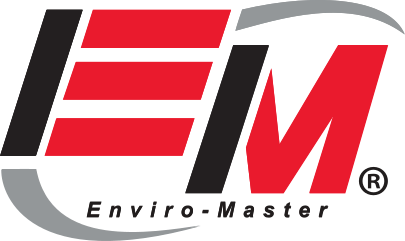
Infectious Disease – disorders caused by organisms such as bacteria, viruses, fungi, or parasites. The diseases can be spread directly or indirectly from one person to another.
Infections – the invasion or multiplication of microorganisms that are not normally present within the body.
CDC – Center for Disease Control and Prevention is one of the major operating components of the Department of Health and Human Services. The CDC saves lives and protects people from health, safety, and security threats.
MRSA – Methicillin-resistant Staphylococcus aureus is a bacterium that causes infections in different parts of the body. It’s tougher to treat than most strains of staph because it’s resistant to some commonly used antibiotics.
Norovirus – a very contagious virus that causes vomiting and diarrhea. Norovirus can be passed by direct contact, by consuming contaminated food or water, or by touching contaminated surfaces.
Influenza / H1N1 – sometimes referred to as swine flu, H1N1 is a flu virus that causes fever, sore throat, runny or stuffy nose, body aches, headaches, chills and fatigue. Some people may also experience vomiting and diarrhea.
Hand, Foot and Mouth Disease – a mild, contagious viral infection common in young children. It’s characterized by sores in the mouth, and a rash on the hands and feet.
HIV – stands for Human Immunodeficiency Virus. It harms your immune system by destroying the white blood cells that fight infection, putting you at serious risk for infections and certain cancers. AIDS is the final stage of infection with HIV.
Hepatitis – an inflammation of the liver caused most often by viruses, but can be caused by other infections, autoimmune diseases, or toxic substances. There are 5 main types of hepatitis viruses identified by the letters A, B, C, D, and E.
E. Coli – Escherichia coli are bacteria found in the environment, foods, and intestines of people and animals. Some kinds of E. Coli cause diarrhea, while others may cause urinary tract infections, respiratory illness, pneumonia, and other illnesses.
Streptococcus – highly contagious bacteria that can spread through airborne droplets when an infected person coughs or sneezes, or through shared food or drinks. It’s commonly referred to as strep throat.
Salmonella – a common bacterial disease that affects the intestinal tract. Salmonella typically live in animal and human intestines and are shed through feces. Contaminated food or water most commonly causes infection.
Tuberculosis – a disease caused by bacteria that usually attacks the lungs, but can also damage other parts of the body. TB spreads through the air when an infected person talks, sneezes, or coughs.

